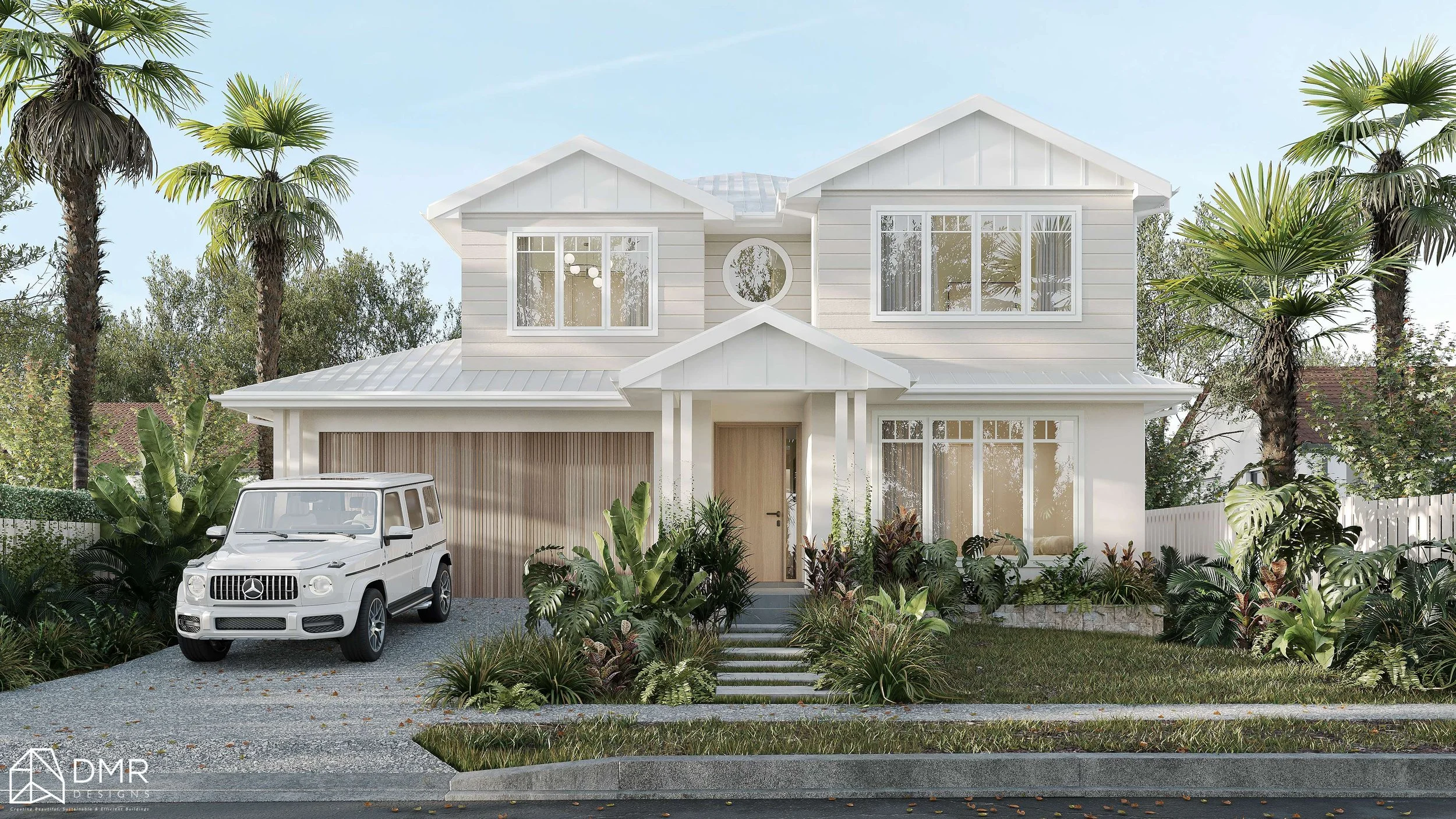So, you’ve decided to design your dream home — exciting times ahead! Whether you're starting from scratch or planning a major renovation, the process can feel a little overwhelming at first. But with the right approach, it doesn’t have to be. This simple guide will walk you through the early stages and help you start strong.
1. Get Clear on Your Vision
Start by asking yourself: What does my dream home look and feel like?
Think about your lifestyle, your family’s needs, and what you value most in a home. Do you need space for entertaining? A quiet home office? A future-proof layout for growing kids — or ageing parents?
This is the time to gather inspiration, sketch ideas, and create a mood board. You don’t need to know all the answers yet — just get your thoughts flowing.
2. Understand Your Budget
Your budget will guide almost every decision you make. Be honest and realistic about what you can afford not just for the build itself, but also for design fees, approvals, landscaping, and finishes.
Tip: Leave a little buffer for unexpected costs. Things pop up, and it’s better to be prepared than surprised.
3. Choose the Right Block of Land (or Assess Your Current One)
If you haven’t bought land yet, pay close attention to location, slope, orientation (which way your home will face), access to services, and any council restrictions.
If you’re renovating, take a good look at the bones of your existing home and any structural limitations. This will help determine what’s possible and what’s practical.
4. Start Talking to a Designer Early
Even before you’re ready to build, speaking to a building designer or architect can make a huge difference. They’ll help you translate your ideas into a concept that works — both visually and structurally.
They’ll also guide you through the next steps, including:
Concept design
Council requirements and approvals
Working with a builder
Look for someone who understands your goals, communicates clearly, and knows the local planning landscape.
5. Understand Local Rules and Approvals
Every local council has its own set of planning and building regulations. These can affect things like how close you can build to the boundary, how tall your house can be, and even what materials you can use.
A good designer will be familiar with these and can help streamline the approval process.
6. Think Long-Term
Your dream home should support your lifestyle now and in the future. Consider flexible spaces that can adapt, smart storage solutions, and sustainable design choices that save energy and money over time
Final Thoughts
Planning your dream home is a journey — and like any journey, the first step is often the hardest. Take your time, get the right people around you, and stay focused on what matters most to you. With the right plan in place, your dream home is closer than you think.
Ready to Take the First Step?
Still unsure how to bring your ideas to life — or how your home could better support your lifestyle now and into the future?
Let’s chat. We’re here to help you create a space that feels right, works hard, and grows with you.




